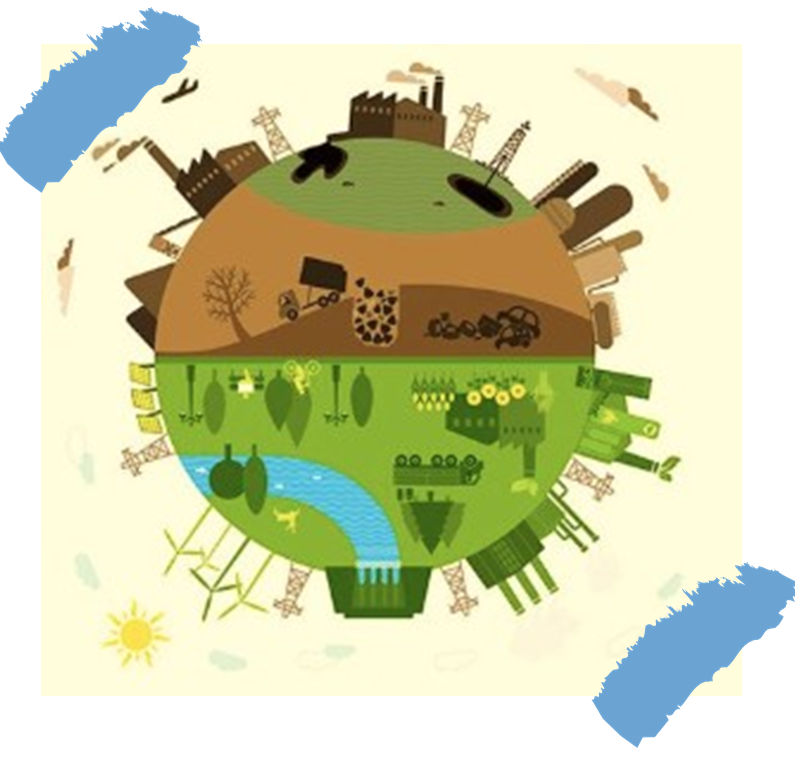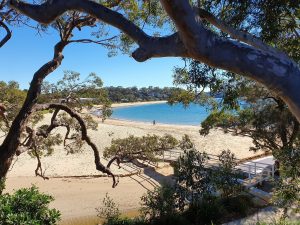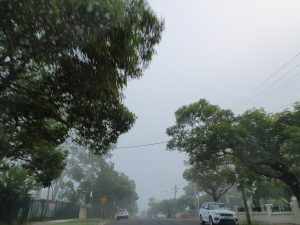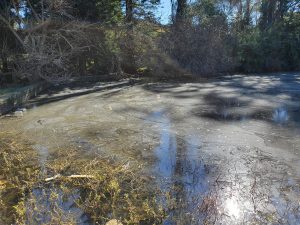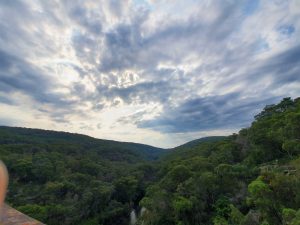By Arundhati Shiva
BY 2030, I’D LOVE TO BE CONTRIBUTING TO MAKE THE WORLD A BETTER PLACE USING STEM
One of my goals is to focus on our current lifestyles and work to change our impact on the climate. Our planet has reached a point where climate change is continuing to take centre stage throughout the world via protests and campaigns.
Unfortunately, we have reached the point where by the end of 2020, if no change is made from our current carbon emissions, our actions will be irreversible. As future leaders of this planet, climate change is an issue that needs to be addressed head- on, meaning no delays with realistic goals and commitment.
Australia’s emissions have risen by 16% in the last 10 years. Australia is one of the most carbon-intensive economies in the developed world and our emissions are increasing. At this rate, by the end of 2019, it is estimated that we will have released 545 metric tons of carbon dioxide (Mt CO2).
By 2030, I’d love to be part of tackling this issue by implanting a filtration device within all Australian homes, apartments and buildings that works by decomposing wastes like sewage and rubbish into reusable forms of energy to power electrical appliances such as TV, dishwasher, washing machine etc.
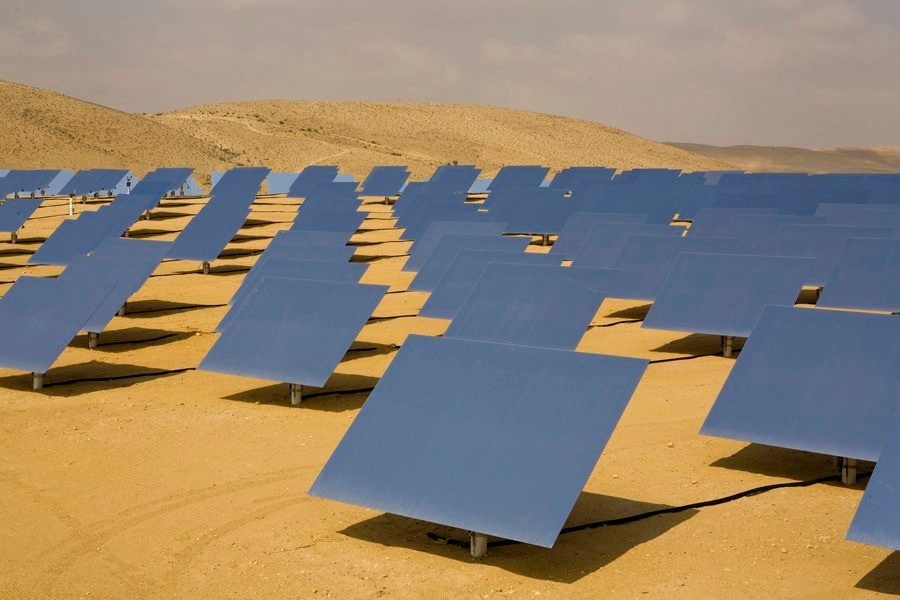
This way, our waste impact reduces, and with these progressive movements, our planet won’t be in as much danger.
13% of the Sahara desert’s solar energy can power the world. Solar energy is a renewable, free source of energy and unlike fossil fuels, will always be around. With this in mind, we can create portable solar panels installed in the deserts all around the world to capture the solar energy.
To absorb the heat as much as possible, further research needs to be conducted in order to understand how current solar technology can be improved in terms of heat retention and absorption. Some pathways worth researching include shapes; if shape has any effect and other materials that could be used in new forms of solar technology.
Another pathway that can be taken, is to research naturally occurring materials and their properties.
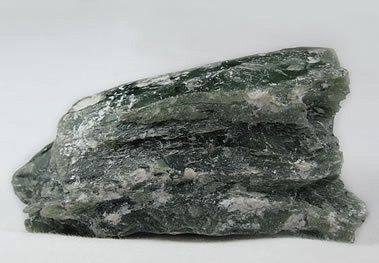
Natural stones absorb heat the best as they have a high density and excellent thermal conductivity. Currently, soapstone and marble are known to be the best at this. Given these stones are naturally occurring, they are also renewable.
As part of developing solar technologies, further study needs to be conducted in order to fully understand and maximise their chemical properties.

After visiting the Cochlear site and the Holsworthy Barracks, I was inspired by technological innovations I had never imagined before. These new developments reinforced examples of how people are making changes to other lives. This was a real eye-opening experience that showed the type of world we are merging to become. With the newfound technology at Cochlear, many more innovations can be made in the process of addressing climate change. We changes made to the aircraft and how engineering plays a vital role.
It made me realise that to combat climate change, new technology and strategies need to be developed, and those at Cochlear and the Holsworthy Barracks are amongst those that have proven change.
Combating climate change as one nation, needs changes throughout the rest of the world. We must also confront the issue regarding the rich and poor divide across the globe. If the gap can be reduced, this can be evened out by sharing our resources and aiding countries that need an extra push to make similar changes.

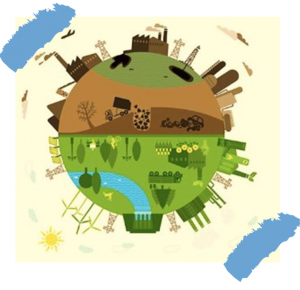
I specifically chose this image as it highlights the importance of our decisions. It emphasises that we are in a critical stage; what we choose from here on determines our future of our planet.
With right choices and decisions, the Earth can be restored to its everlasting green. Our choices make or break our planet.
The image weighs out a world as it used to be; humans and nature living jointly so that each can survive.
However, it also shows the other side, a world where we are currently headed for, with dreaded ruins and factories, destroying the planet. It’s for us to choose.
If we don’t act as soon as possible, the future generations will be in trouble.
Credits
News article on Paris emissions targets
Article about Sahara Desert solar panels/Inspiration

